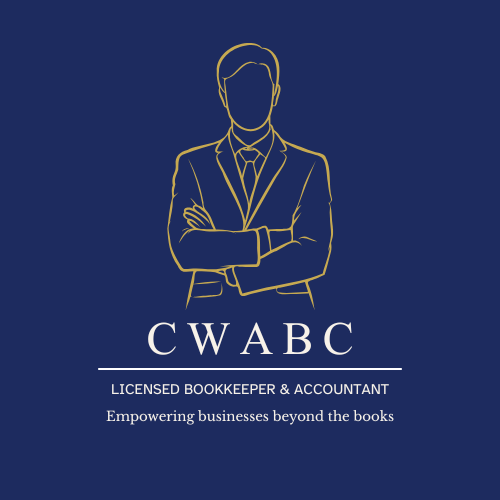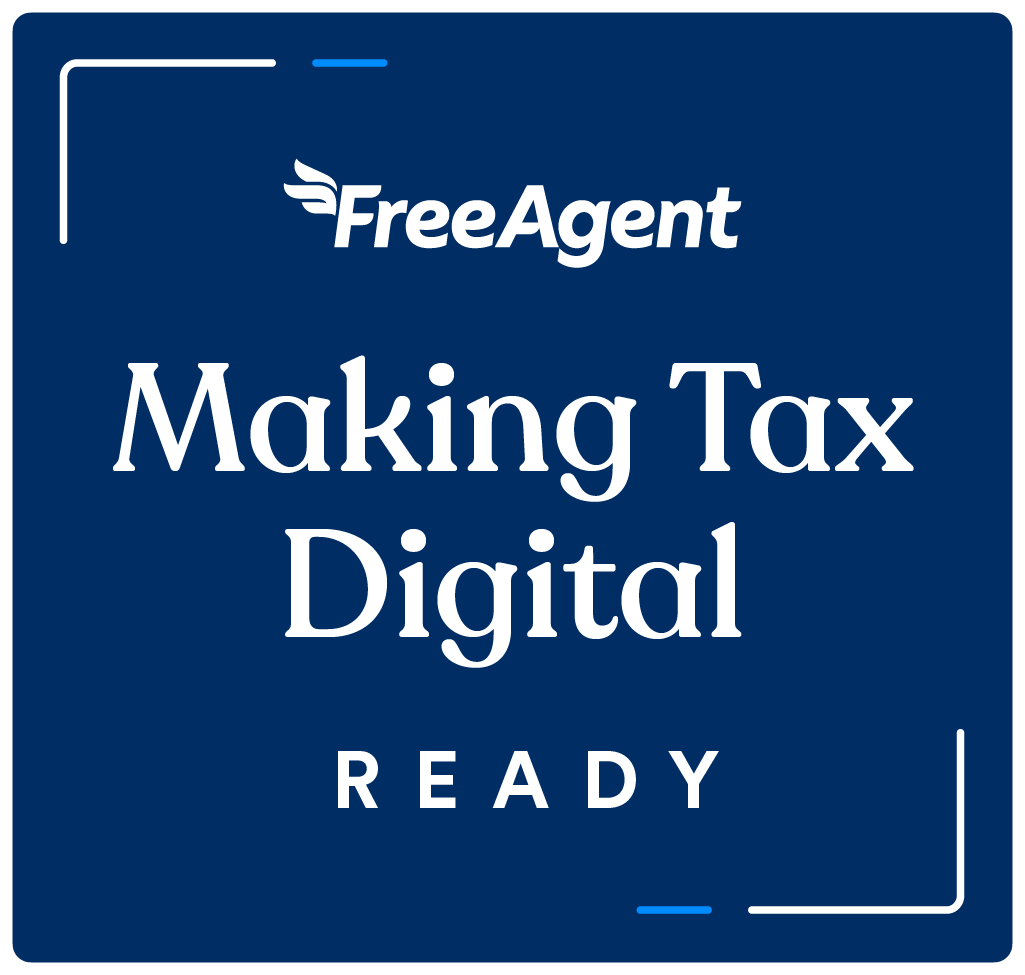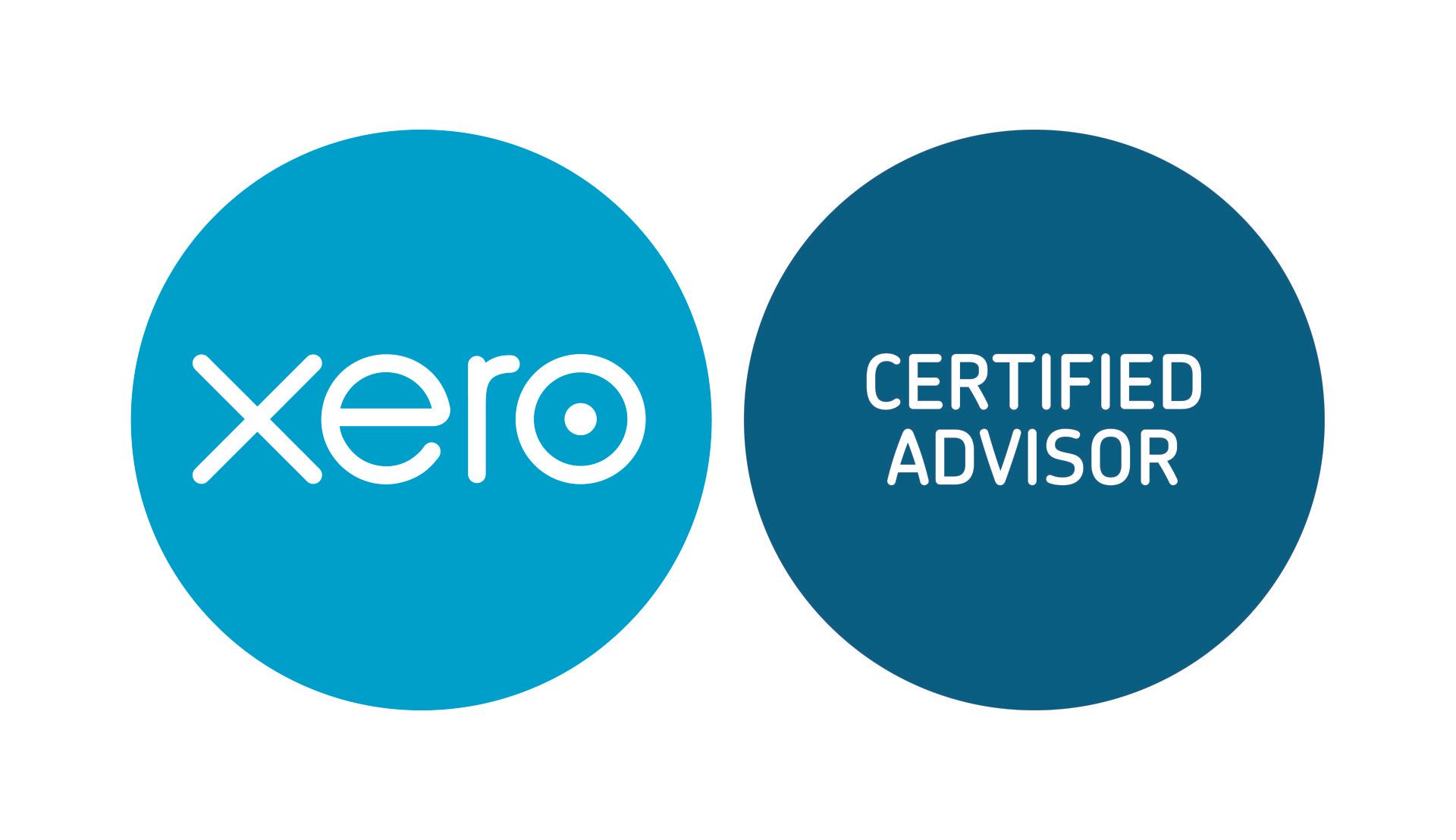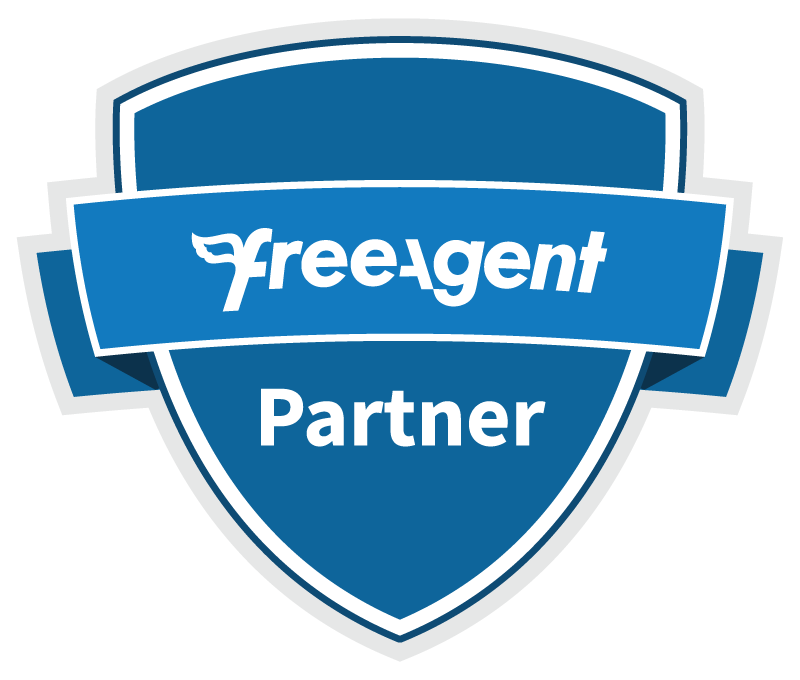Navigating HMRC's Basis Period Reform: What Self-Employed Individuals and Partnerships Need to Know
Introduction:
The world of taxation is ever-evolving, and staying informed about changes is crucial for every self-employed individual and partnership. The recent guidance issued by HMRC regarding changes to reporting income under the basis period tax year has sparked a need for understanding and adaptation. This blog aims to shed light on the key aspects of these changes, their implications, and how individuals and partnerships can navigate the transition successfully.
Understanding the Basis Period Reform:
HMRC's recent guidance introduces changes that particularly affect self-employed individuals, sole traders, and partnerships whose accounting year does not align with the period between 31 March and 5 April. Prior to 5 April 2023, the basis period reporting rules were in effect, where profits were reported based on the business accounting year end date within the relevant tax year.
New Tax Year Basis:
As of 6 April 2023, a new tax year basis comes into play. This means that profits will now need to be reported up to the tax year end, even if the accounting year ends at a different time. This shift necessitates the apportionment of profits between accounting periods, marking a significant change in reporting practices.
The Transition Year (2023-24):
The tax year 2023-24 serves as a transition period for sole traders and partnerships. During this year, businesses will need to report profits that cover more than one year. This might involve apportioning two sets of accounts to estimate profits for the year. For instance, if the accounting year ends on 31 December 2022, profits will be reported from 1 January 2023 to 5 April 2024 within the 2023-24 tax year.
Managing Transition Profits:
Any profits reported that span more than 12 months are considered 'transition profit.' This excess can be mitigated through overlap relief. Remaining profit will be distributed over subsequent years, up to the 2027-28 tax year. While HMRC has yet to publish specific guidance on overlap relief, it is anticipated in the near future.
Aligning Accounting Year and Tax Year:
The Association of Taxation Technicians (ATT) has highlighted the importance for affected businesses to consider aligning their accounting year with the end of the tax year. This can simplify reporting and potentially reduce tax liabilities in the coming years. Jon Stride, vice chair of the ATT technical steering group, emphasizes that while the transitional year might lead to temporary tax increases, aligning the accounting year can alleviate future administrative burdens.
Expert Advice:
To make informed decisions, seeking professional advice is crucial. An accountant or tax adviser can provide tailored insights based on individual circumstances. Before making changes to accounting dates, businesses should carefully assess the overall impact on their operations alongside potential tax implications.
Conclusion:
HMRC's basis period reform introduces significant changes to income reporting for self-employed individuals, sole traders, and partnerships. Adapting to the new tax year basis requires an understanding of apportionment, transition profits, and potential benefits of aligning accounting years with the tax year. While the transition might present challenges, seeking expert guidance ensures a smooth journey through these changes and sets the course for continued financial success.















